One March morning in 1874 Oscar Wilde and a group of young Oxford students were making their way up the High Street when they ran into an excited John Ruskin, Slade Professor of Fine Art, founder of the new Ruskin School of Drawing, head honcho on the design team for the recently built neo-Gothic University Museum of Natural History, essayist, historian, artist, critic. And increasingly a man with a social conscience. The undergraduates had been intending to spend the day playing cricket, tennis or on the river rowing. But such was Ruskin’s power of persuasion that he convinced them to not only attend his lecture instead, (he was one of those rare academics who could fill a lecture theatre at 9 a.m.) but to sign up for a project that he believed would put their physical prowess to more purposeful use. Building a road. A lesser-known chapter in Ruskin’s life. But a worthy adventure. And one I was eager to investigate.
And so it is that I make my way west out of the city to the tiny village of North Hinksey, the site Ruskin chose for this community experiment. Along the river from Folly Bridge, and then across country. Following a line of towering pylons overhead, I take a series of slippery wooded pathways, crisscrossing myriad streams forming islands and muddy ditches until I reach what in Ruskin’s day would have been the ferry (a punt pulled by means of a rope stretching from one side of Hinksey Stream to the other) now a sturdy bridge. Then up a narrow track past The Fishes (then just the Fish) the modern pub still sporting an eccentric wall of stuffed perch, carp and trout from its previous incarnation. Turn right and the road will take you past the ancient Church of St Lawrence up to the A34, its incessant roar cutting the village off from the steep hill and the springs from which Oxford’s first water supply was pumped. Turn left, and you immediately get a feel of the remote country village that this must have once been. For at last you reach the house named after our Slade Professor, Ruskin Cottage, a pretty thatched cottage in a long line of thatched cottages, this one with a blue plaque marking the place where our students began their stint of manual labour. Not that he ever lived here. But the house is in all the pictures taken at the time by the Victorian Oxford photographer Henry Taunt, who often passed this way in the footsteps of Mathew Arnold’s Scholar Gypsy. Up the road there’s a Millais Cottage. The eponymous artist didn’t live here either (I looked it up) and seeing as he ran off with Ruskin’s wife, Effie Gray, to name a house after him here seems a touch insensitive.
But back to the road. Ruskin’s idea was that by taking part in its construction Oxford students (then all male and moneyed) would understand the value, dignity and challenges of manual work, make them socially aware and thus instil in them an empathy and understanding of the inequalities of the time. But he also wanted to make a practical difference to the lives of the villagers. The road through North Hinksey was at the best of times full of potholes, but in the winter was impassable. So much so that the carts coming in from the fields would use the village green instead leaving the triangle of grass so full of ruts and hollows that there was nowhere for the local children to play or the geese and donkeys to graze. His team of workmen would put in drains (they were just beginning to understand the link between cholera and sanitation) as well as turfing the borders and planting them up with wild flowers. Special efforts were to be made to conserve the mosses and ferns that grew in the nooks and crannies around the cottage doorways. In short, he wanted to make the village a healthier and more pleasant place to live.
Ruskin himself didn’t join the project in person until the autumn, he had been called away to Italy. But he sent detailed letters of how he wanted the scheme to unfold and left the whole thing under the direction of his gardener from his house in the Lakes, David Downs, dubbed the ‘Professor of Digging’. And so the job began, the men gathering in teams of 20, two days a week, bringing with them the tools needed, picks and planks, spades and wheelbarrows. Dressed in caps and flannels (Ruskin wore a blue frock coat and a hat with earflaps) as well as Wilde there was among them Hardwick Rawnsley who went on to found The National Trust. He remembers that they became quite the subject of amusement, both in the papers (they were ridiculed as ‘amateur navvies’) and by day trippers who made special outings from Oxford simply to sit on the roadside banks and howl with laughter at these posh ‘Hinksey diggers.’
The idea had been that the road would continue as far as South Hinksey (the two places then known as they had been since the 7th century as Lower and Upper Hinksey), about a mile south. But the workmen never got much further than the village green. Ruskin had other calls on his time and soon after his mental health took a turn for the worse and he left Oxford for good. There is still no road between North and South Hinksey, and though the North is accessible by car from Botley, South Hinksey can only be reached by foot unless you take the ring road. The surrounding fields and meadows remain prone to flooding, though there are now bridges across the streams where once planks and punts sufficed. As I walk south from Ruskin’s Cottage, along his now tarmacked road, I pass the same line of old cottages that he worked alongside, their gardens neatly planted and just beginning to burst into life with blossom and spring flowers. Ruskin intended to give prizes to the children living here for the best kept doorsteps, and today I see what would have been some deserving contenders. I fall into step with a Hinksey villager. She is making her way to the village green, its lush grass sporting a goal post and other general debris of children at play. There’s a notice board advertising local events, and a tiny glass fronted community library to which my companion is donating a book. All very equitable. All very aesthetically pleasing.
I think Ruskin would have approved.
Main picture: Oxfordshire History Centre POXO113598
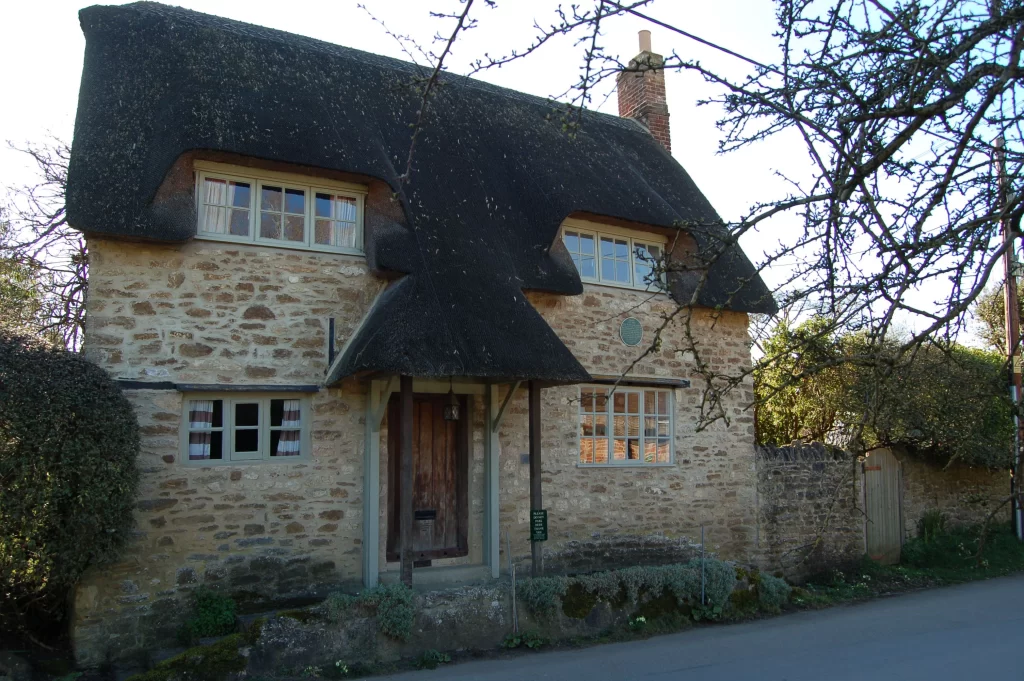
Ruskin Cottage
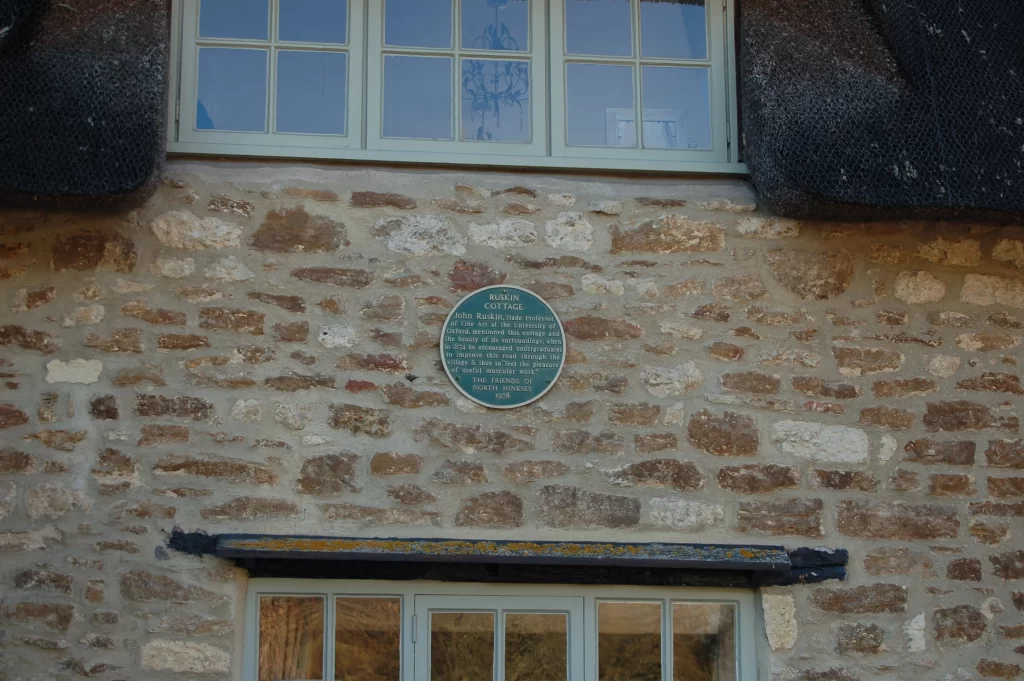
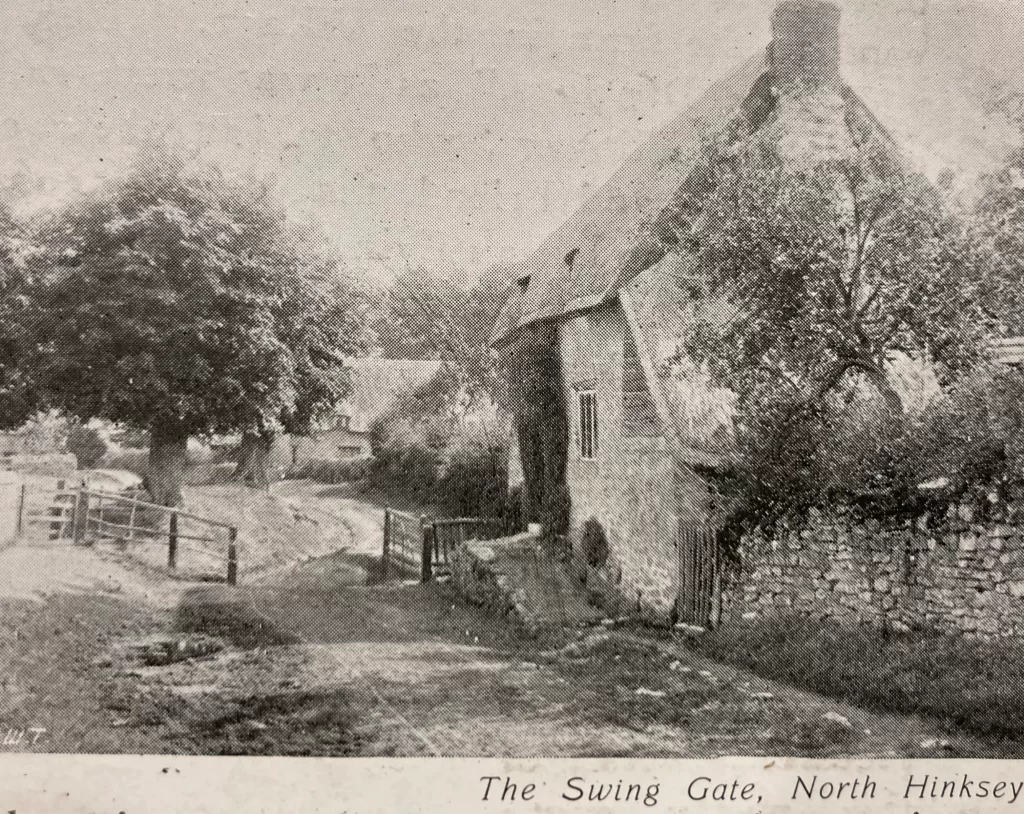
As it was in Ruskin’s Day. Picture taken from Henry Taunt’s book – The Oxford Poems of Matthew Arnold: ‘The Scholar Gipsy’ and ‘Thyrsis’

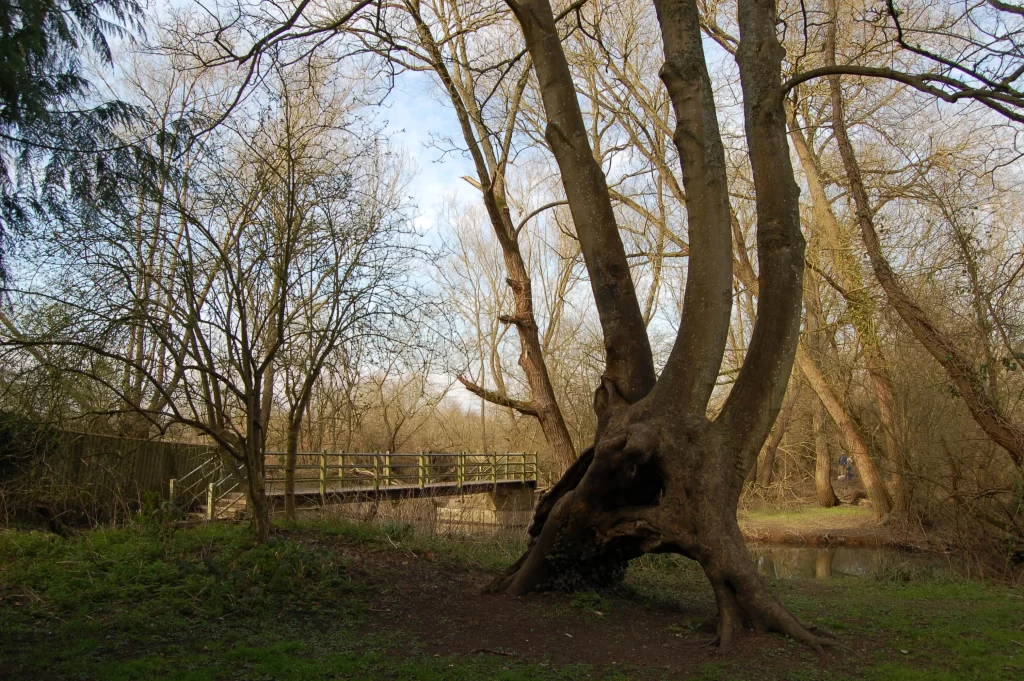
The bridge that replaced the ferry.

Ferry Cottage today with the Fishes next door.

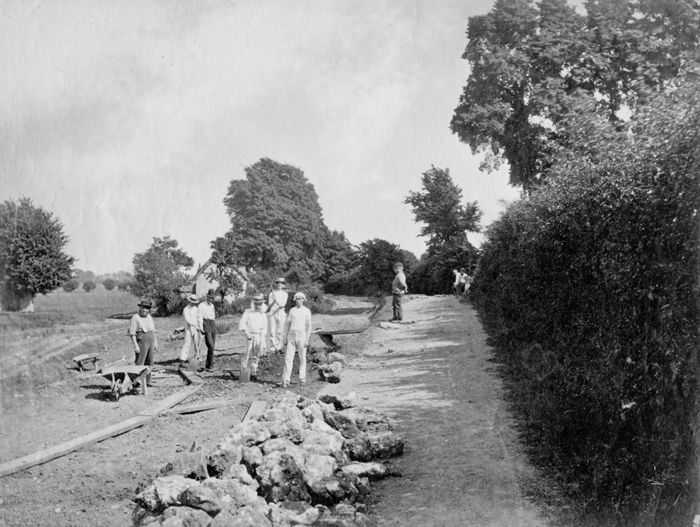
The Professor of Digging and his recruits (Oxfordshire History Centre POX0113587)

Ruskin’s road through the village today
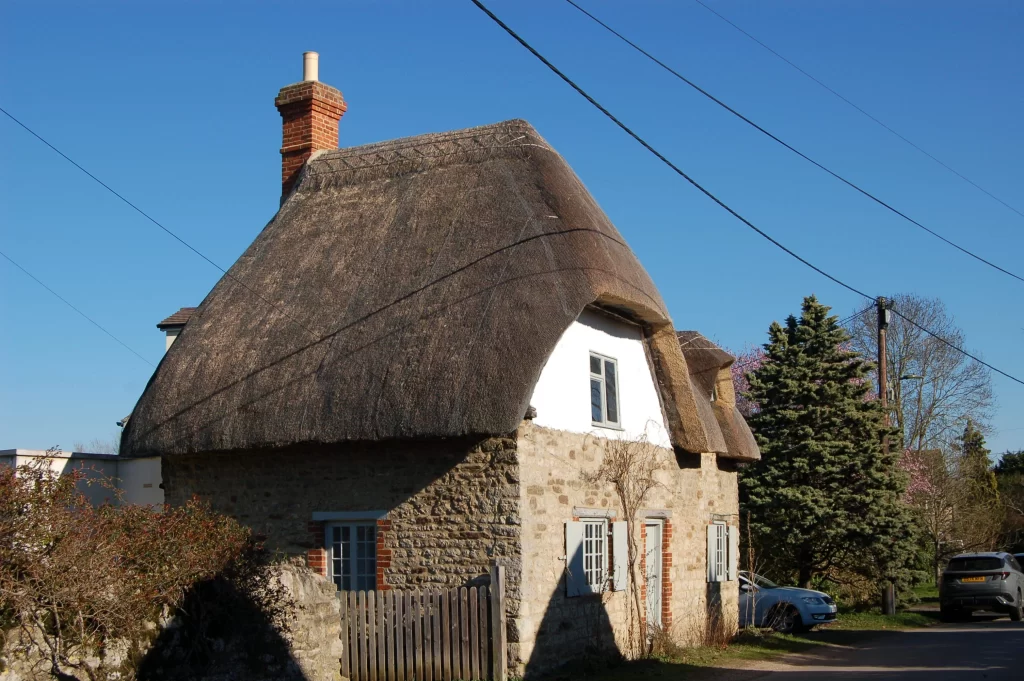

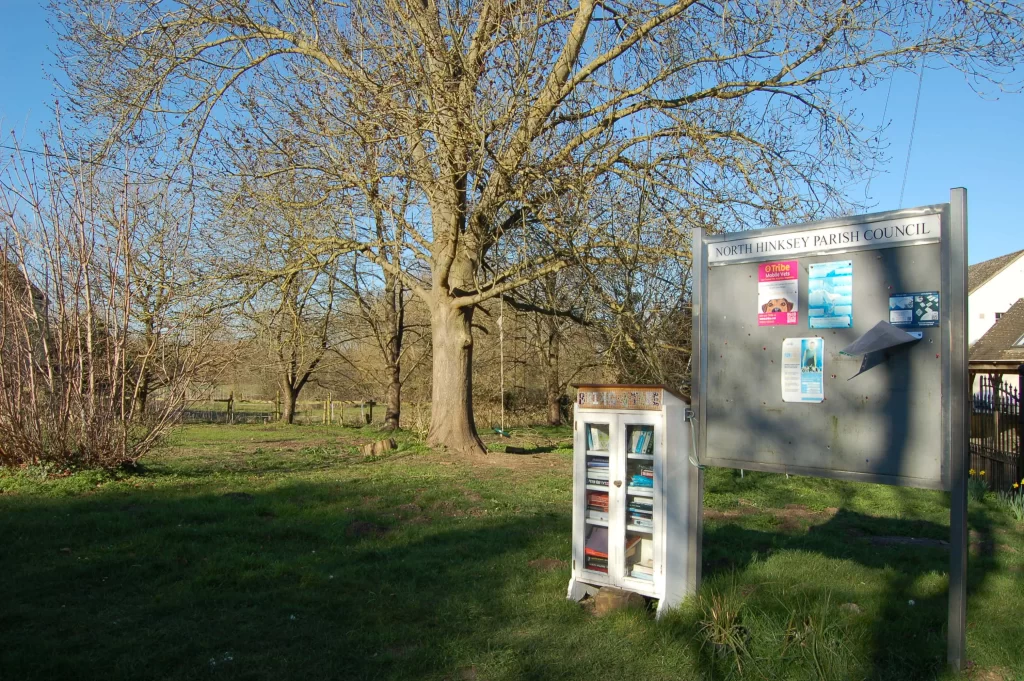
The communal library
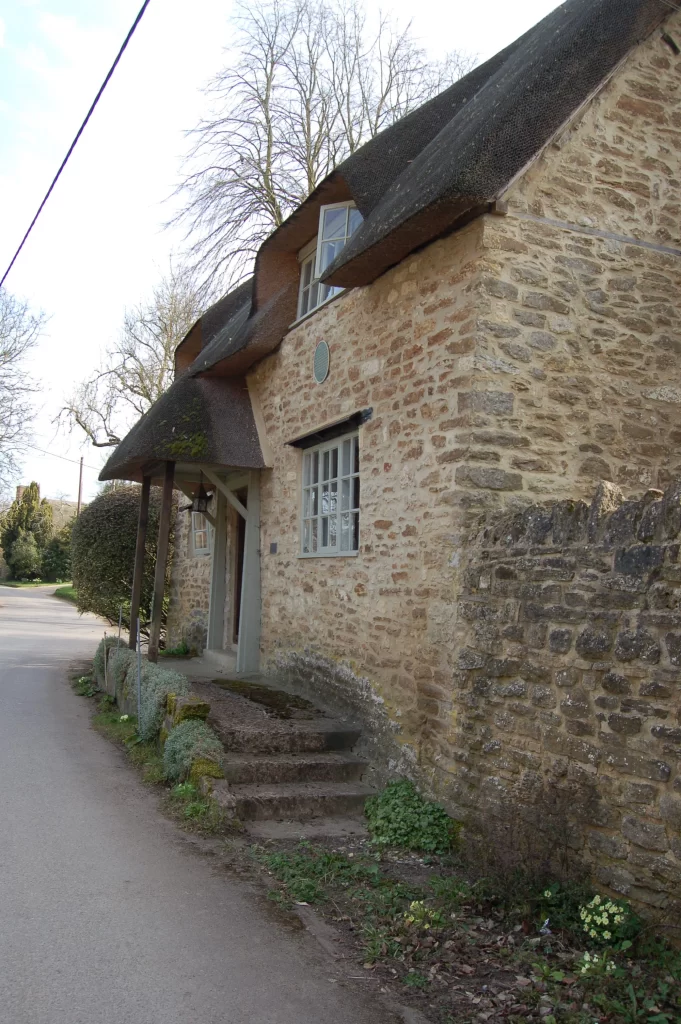
Ruskin was keen that mosses and ferns were encouraged to grow around the steps of the cottages creating a small front garden.
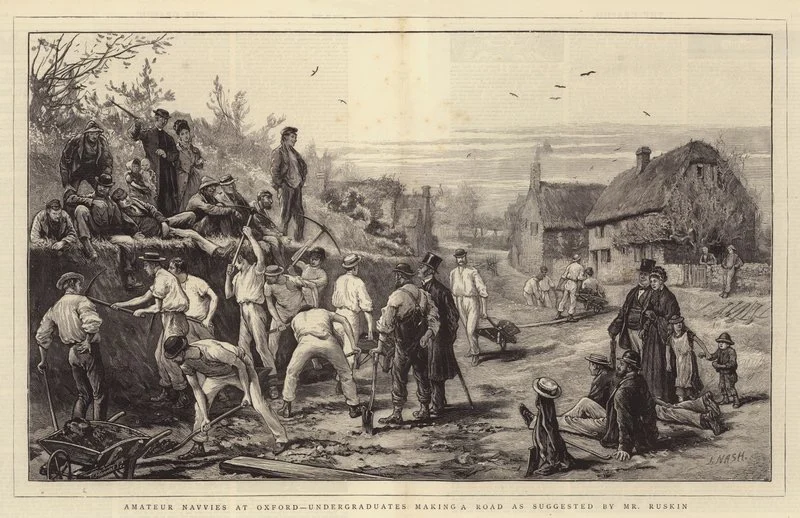
Amateur navvies at Oxford by Joseph Nash


3 Comments
Join the discussion and tell us your opinion.
Just want to say a word here in defence of Millais, who helped to rescue poor Effie Gray from the misery of daily life with Ruskin (even if his drawings and watercolours are beyond perfection). Not sure there is room here for the story of Ruskin’s marriage but I do recommend Phyllis Rose’s stranger than fiction account of it in her Parallel Lives. The fact that the Ruskins’ marriage was not consummated is well documented. Ruskin justified this by his aversion to children and the hindrance they would be to his work. ‘John cited the Church’s sanction of chastity and reminded Effie that the holiest people in the history of Christianity had been chaste,’ Rose writes. However, she then takes us to the Ruskins’ room at Blair Atholl on their wedding night. ‘In the interests of a broad and yet specific understanding of Victorian sexuality,’ she continues (not to be thought prurient), ‘let us return to the moment…between the removal of Effie’s dress and the chaste embrace. What did Ruskin feel at that moment? What was going through his mind? Incredibly, we may know this.’ Ruskin admitted to his lawyer, years later, that he disliked what he saw. ‘He had imagined women’s bodies to be different from what he saw she was. He believed there was something wrong with her body: it was not as lovely as her face; it was not formed to excite passion; it checked passion completely. Effie’s body disgusted him.’
Yes, John Ruskin was a strange cove by all accounts. I was given to believe that what he found particularly unpleasant was the presence of pubic hair. Effie Gray sure had a lucky escape…
A fascinating story. Thanks, I will read through the articles and enjoy finding more amazing stories.